More than 540,000 Chinese people die from sudden cardiac death each year. The survival rate of out-of-hospital cardiac arrest is less than 1% in China, which is relatively lower than the other countries. CPR is the most helpful and effective implementation to save cardiac arrest victims, but the implementation of CPR is extremely low, only 4.5% in large and medium-sized cities in China, vs 46-73% in Sweden. My thesis focused on providing a flexible and efficient self-directed CPR learning solution to encourage more laypeople to learn and improve their life-saving skills.
From research, some main problems cause this low rate are that: The lay public has less motivation to join a CPR course because of fewer opportunity, fewer interests, high cost, fast-paced lifestyle, and less awareness. The less qualified full-time instructors, short supply and overworked skilled physicians are other significant barriers to teach quality life-saving skills. Besides, the CPR training equipment, such as manikins, is too expensive and the amount of it far limited for this vast population with an old training mode. Even when the public participates in CPR training, there is no consolidation training during post-training and people have less motivation to update their CPR skills.
The outcome is called CANNE, it provides a self-directed CPR learning experience for the lay public and it consists of two parts:
A corrugated cardboard Basic Life Support (BLS) learning kit that allows laypeople to practice CPR, such as cardiac arrest identification, chest compression and ventilation by themselves. The BLS self-directed application on the smartphone can significantly enhance the learning experience by simulating cardiac arrest scenarios and emergency medical services (EMS), providing real-time feedback of compression and ventilation, as well as encouraging lay people to join a final examination and granting an online BLS certificate.
CANNE provides an ecosystem to motivate laypeople to learn CPR at a low cost. It saves time and medical resources and has a minimal requirement for the learning environment. CANNE raises the survival rate of out-of-hospital cardiac arrests, particularly in China, by addressing the local societal and cultural needs.
Designer: Shuai Li
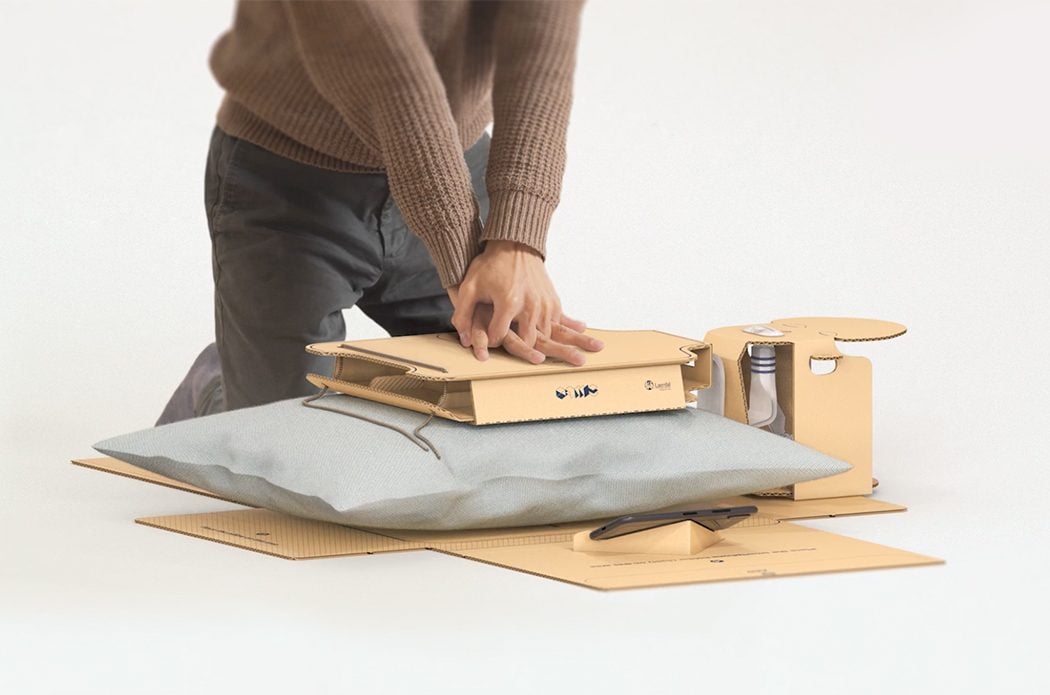
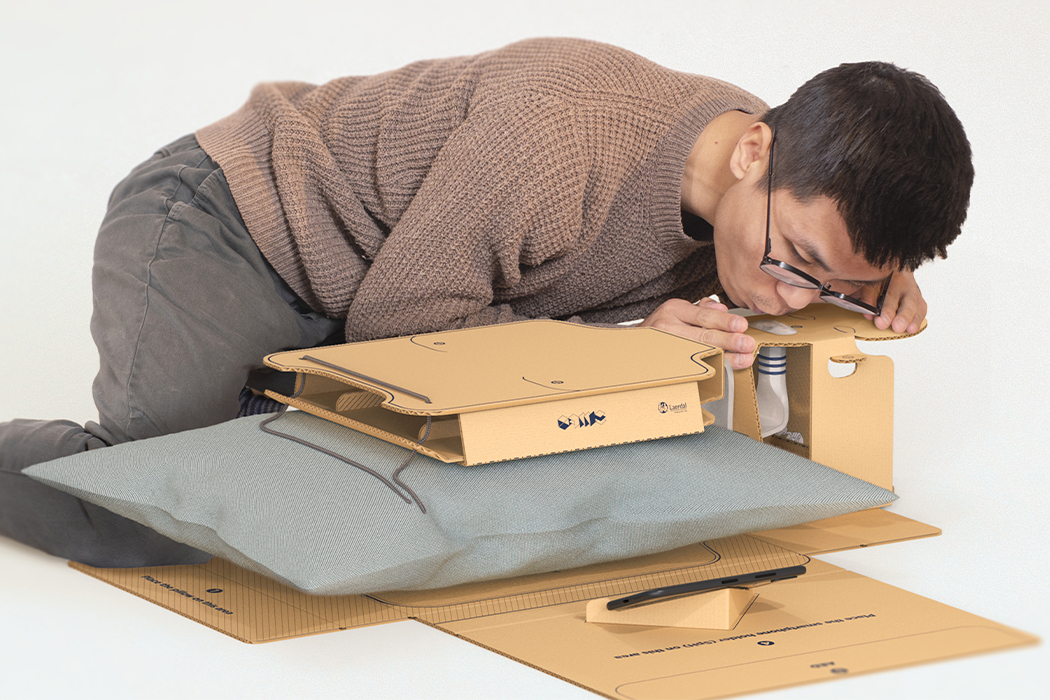
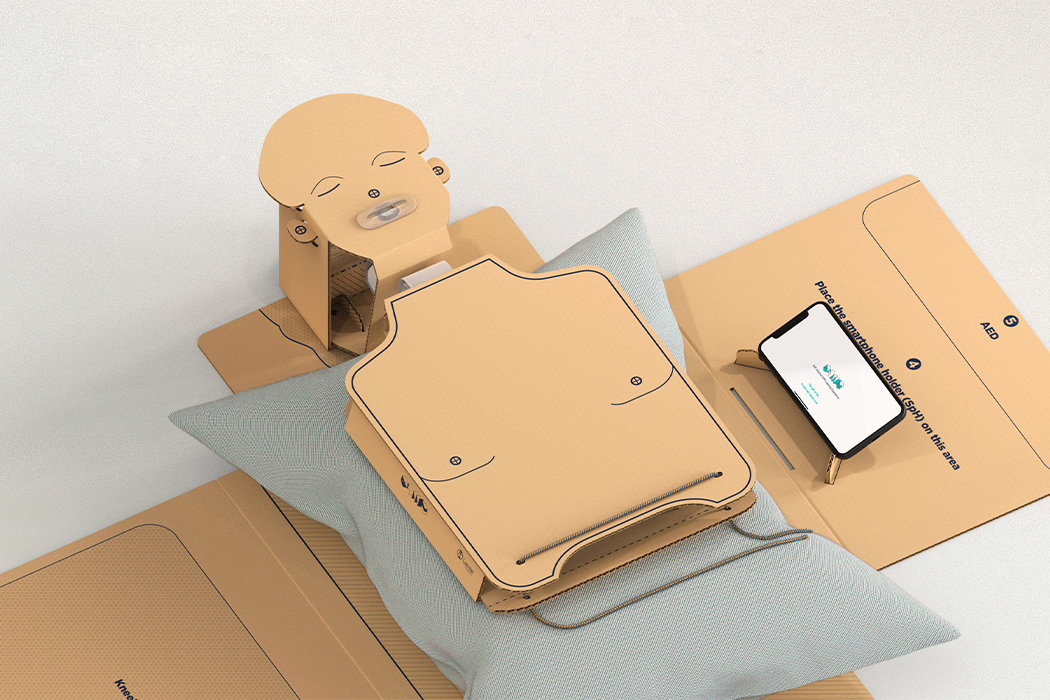

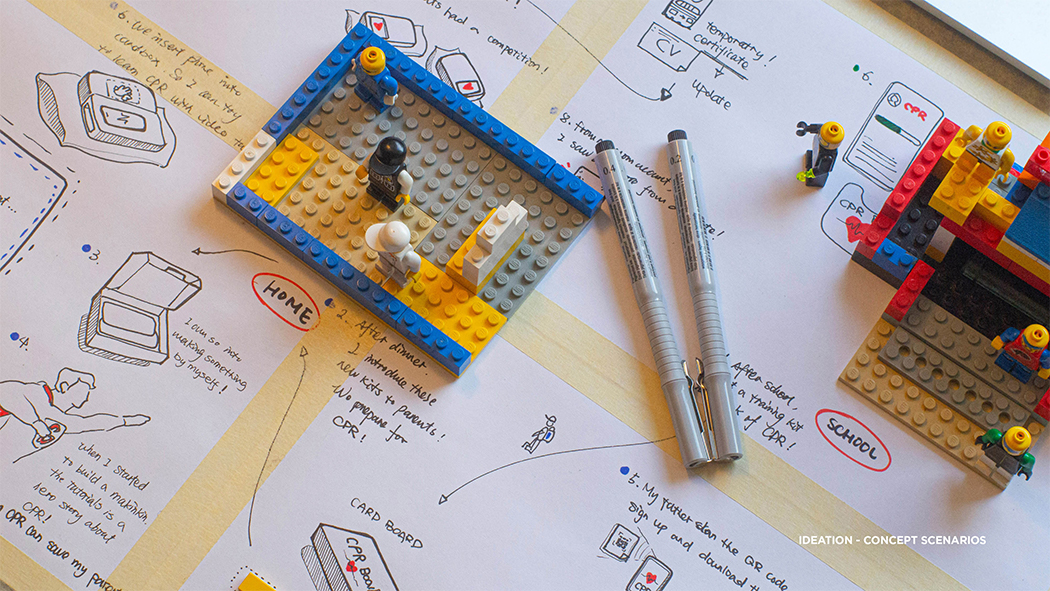
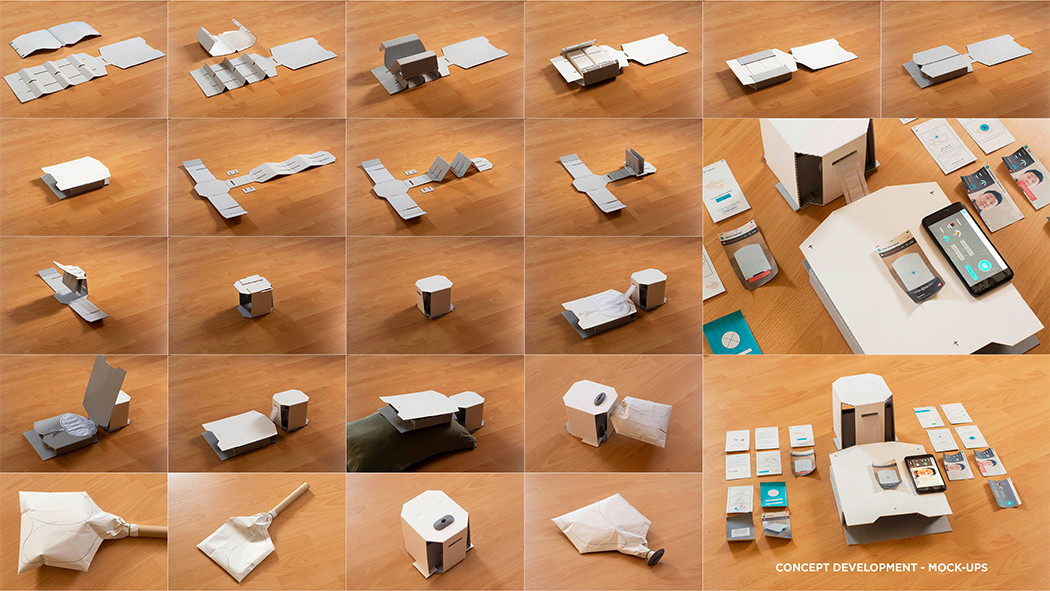
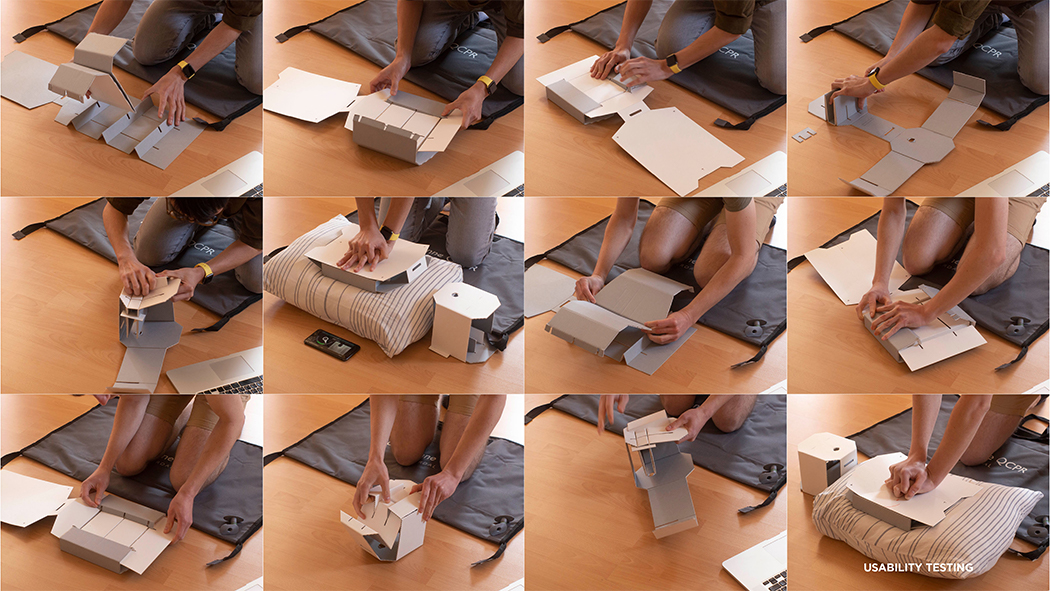
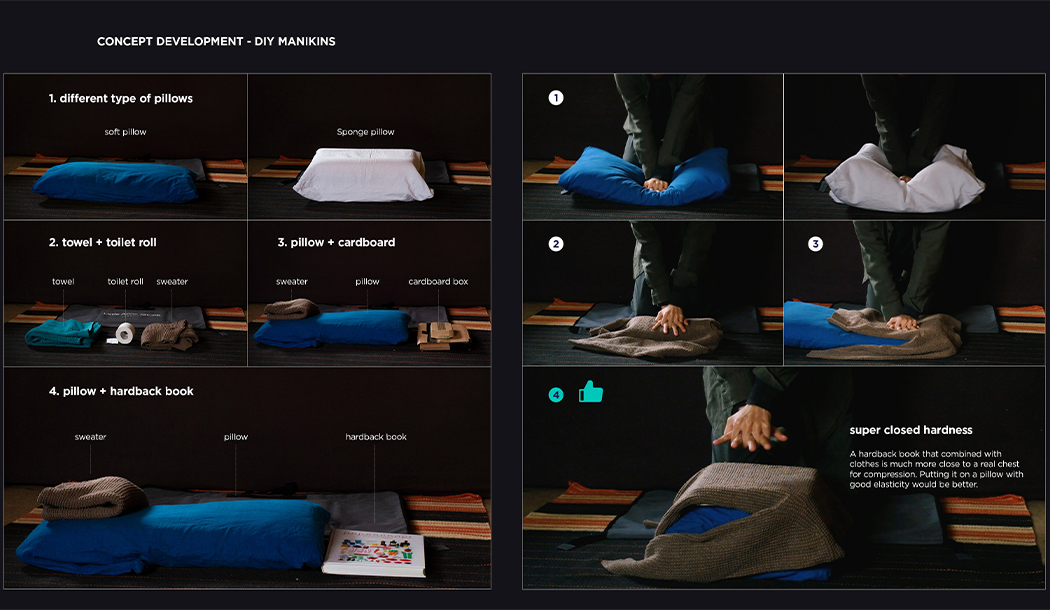
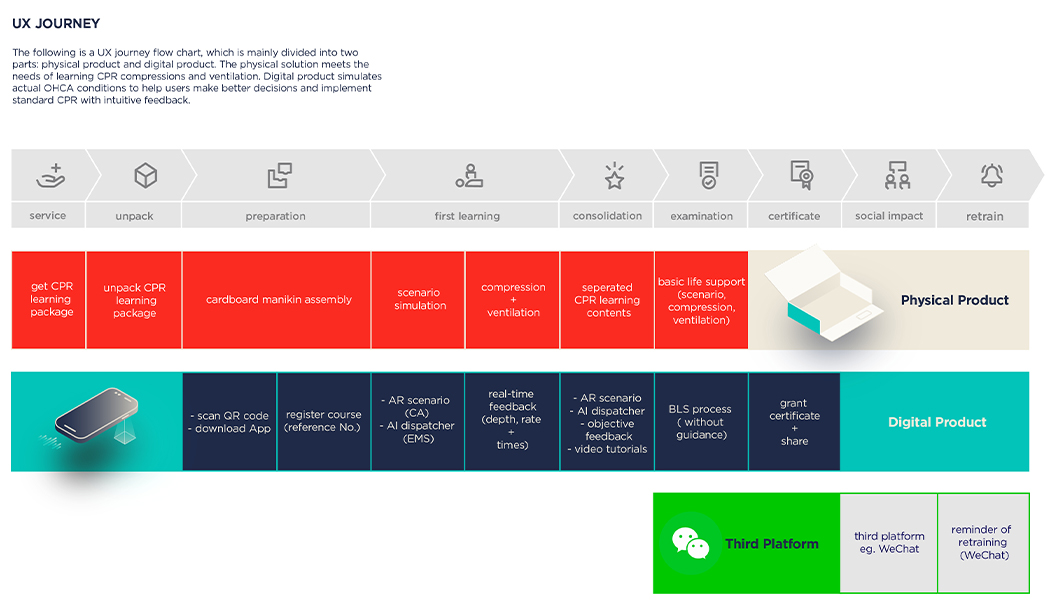
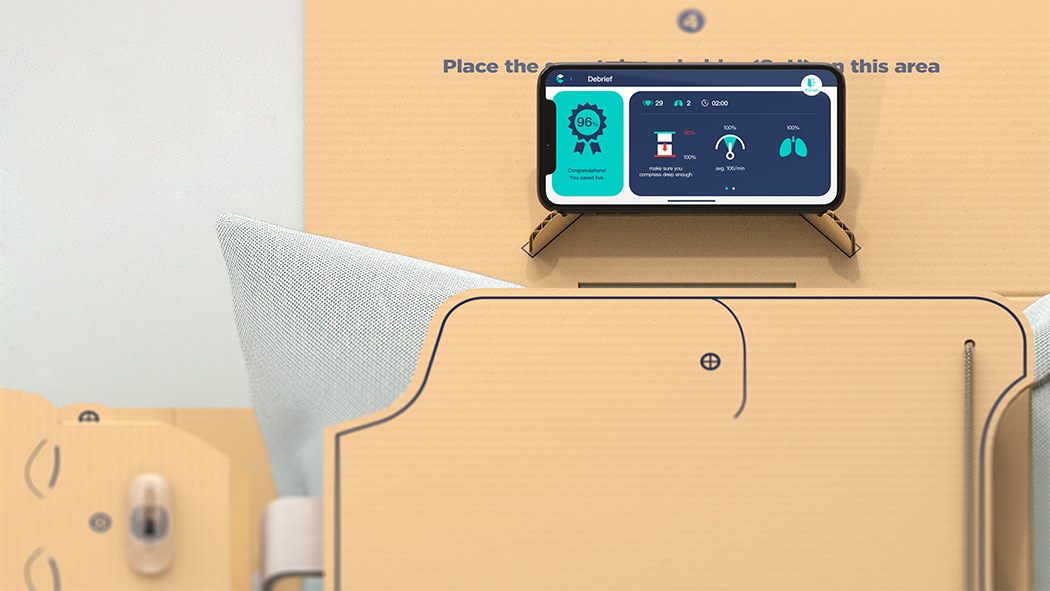
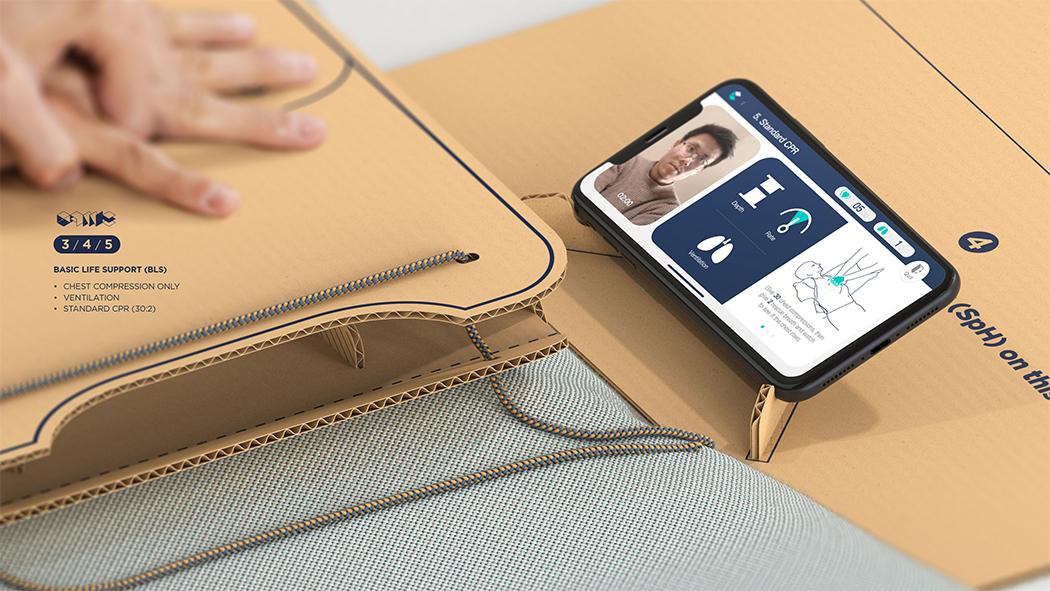
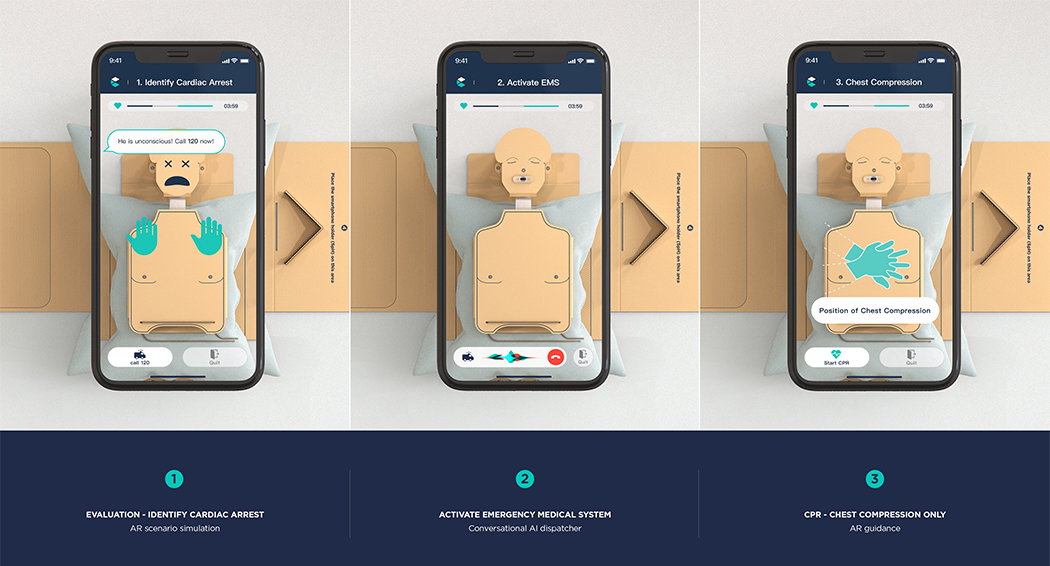
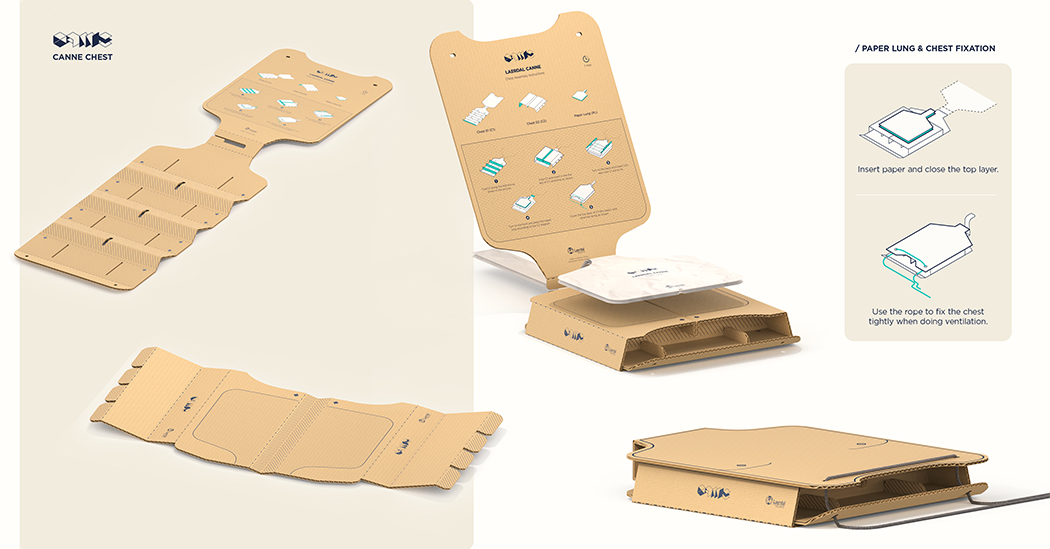
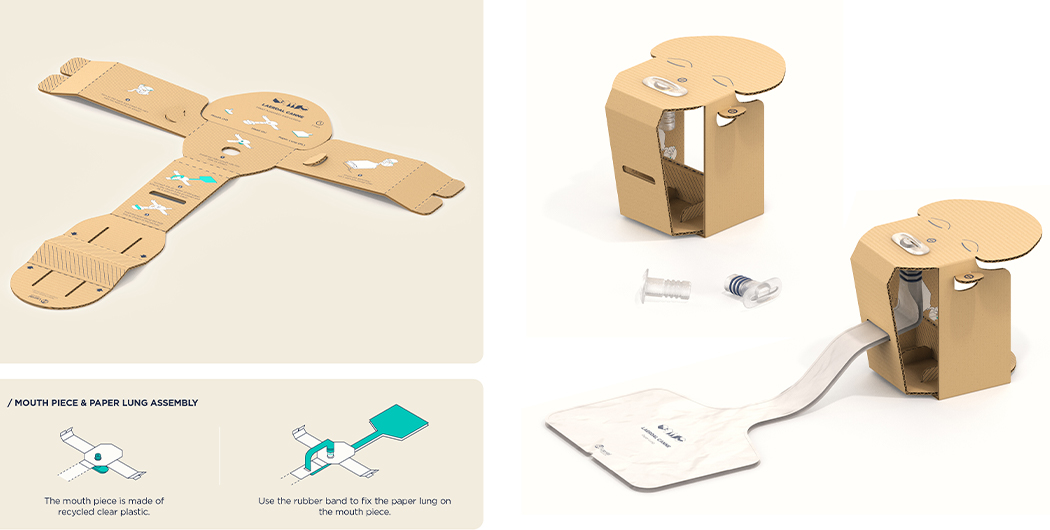
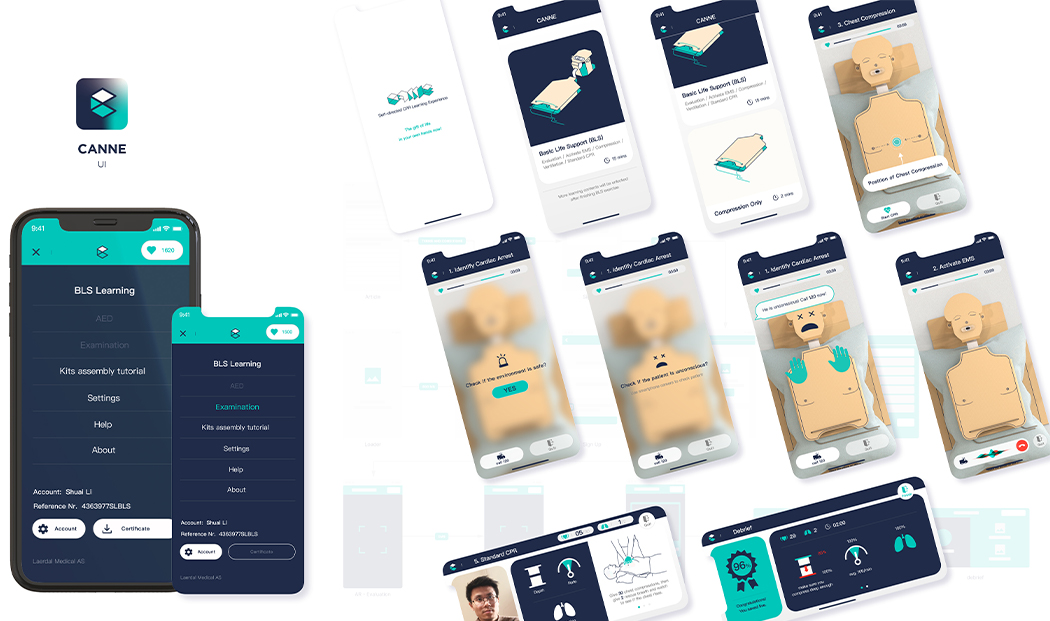
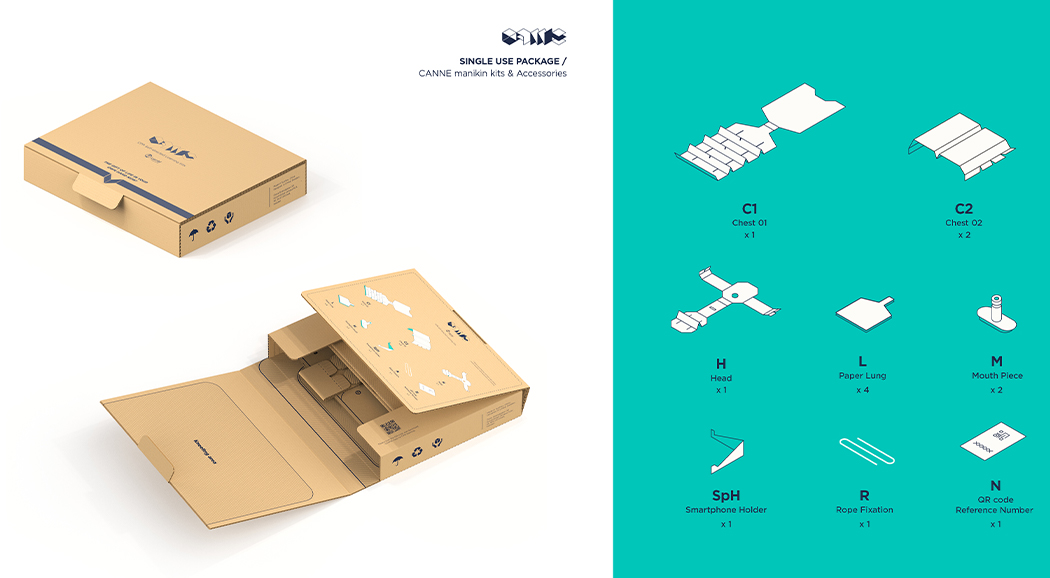
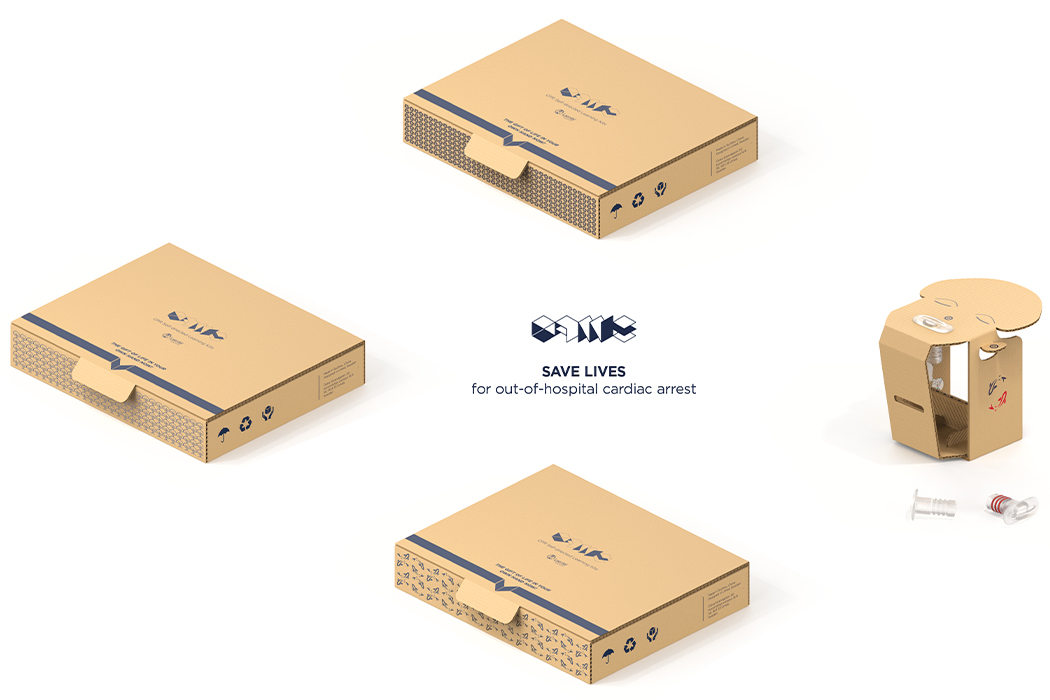
via https://ift.tt/2nqSsIm
Post a Comment
Note: Only a member of this blog may post a comment.